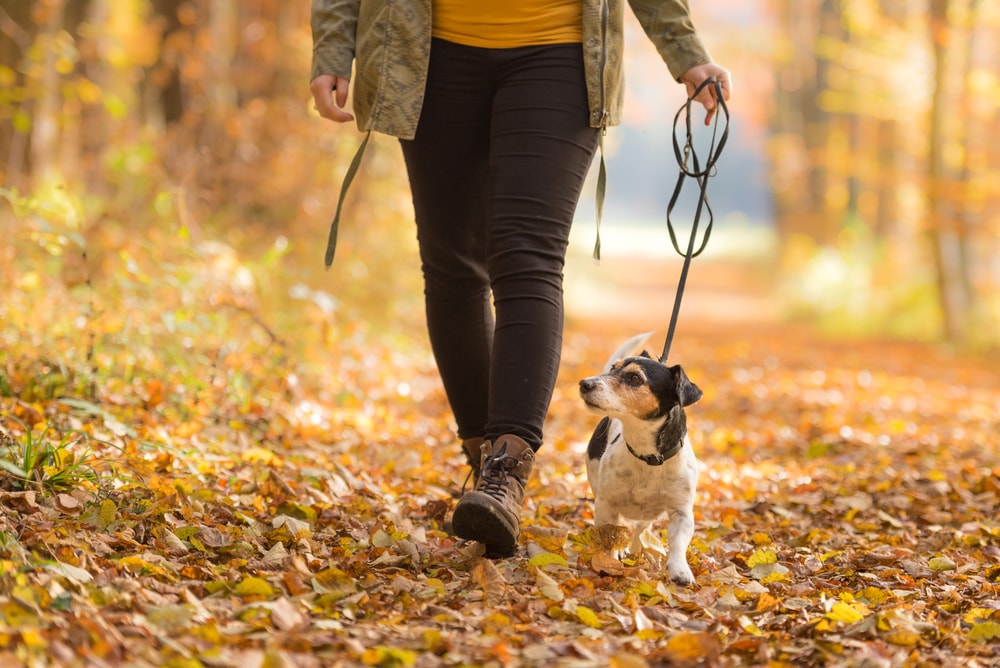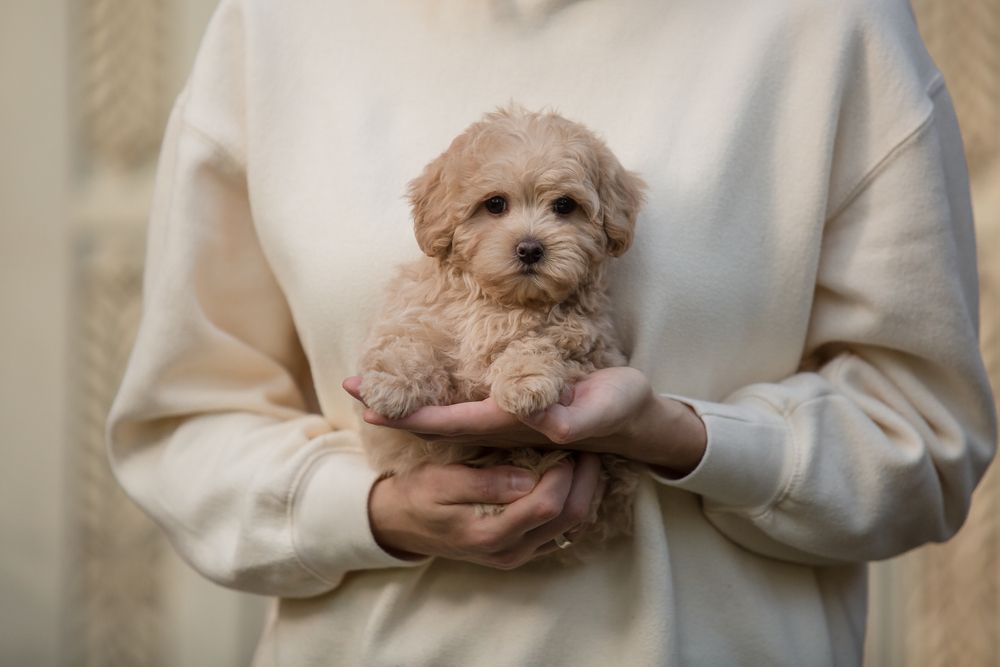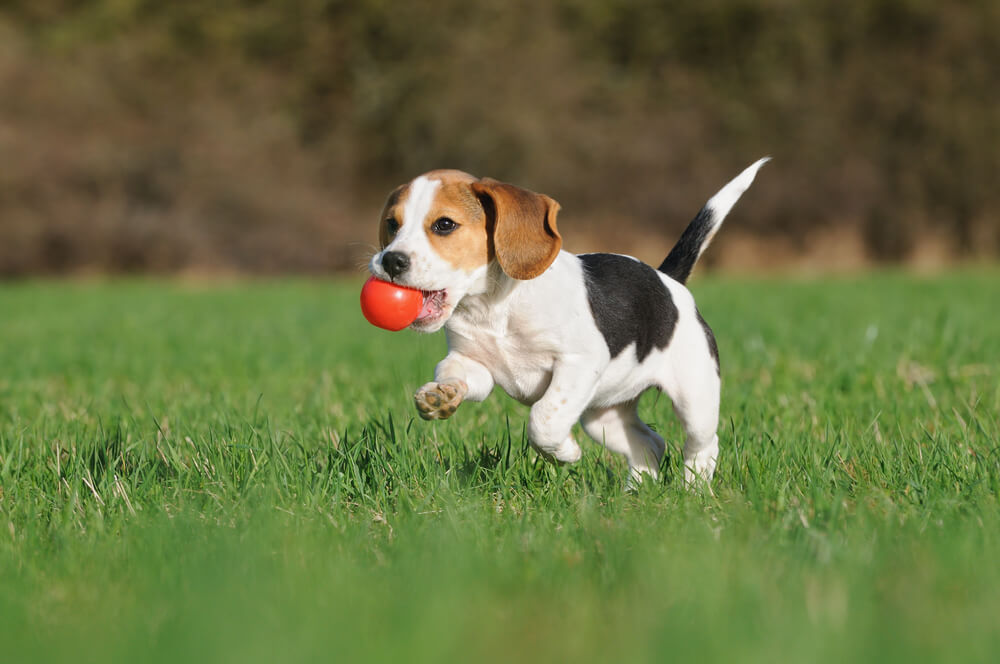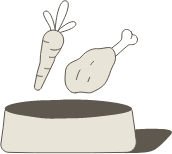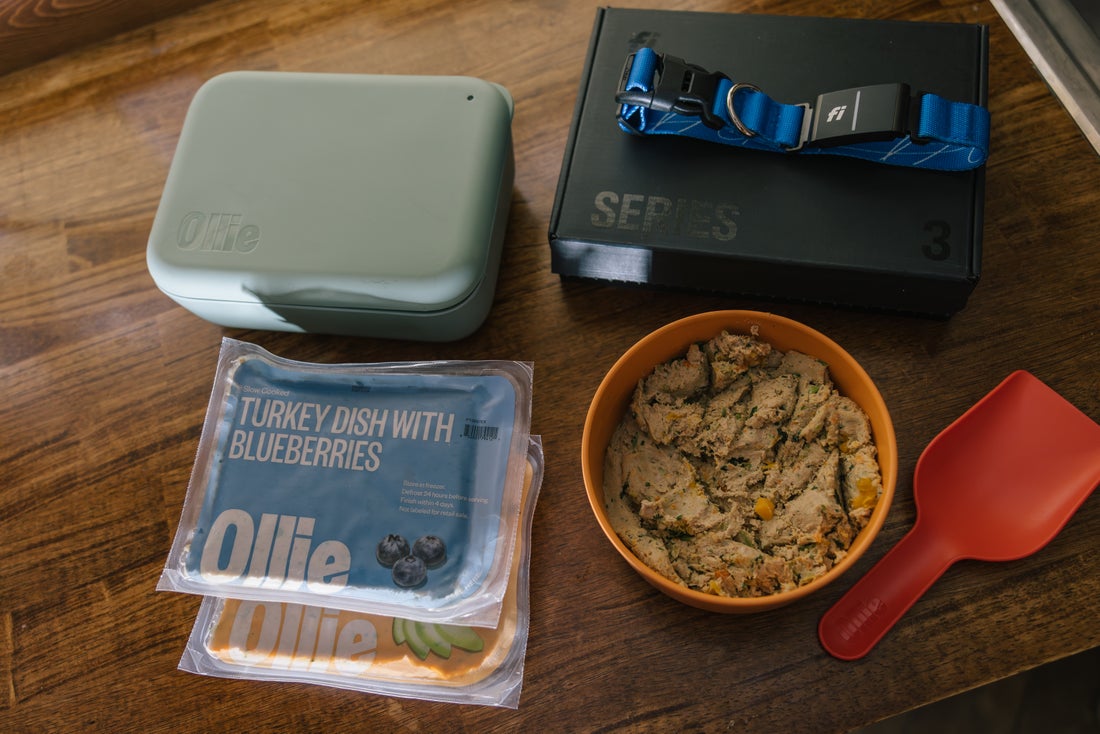Hey Ollie blog readers! We’re offering you an exclusive 60% OFF your starter box! Try now!
If you’ve ever been hiking or camping you may have been exposed to poison plants including poison oak. This is never a fun experience for anyone. What happens if you take your dog and he is exposed?
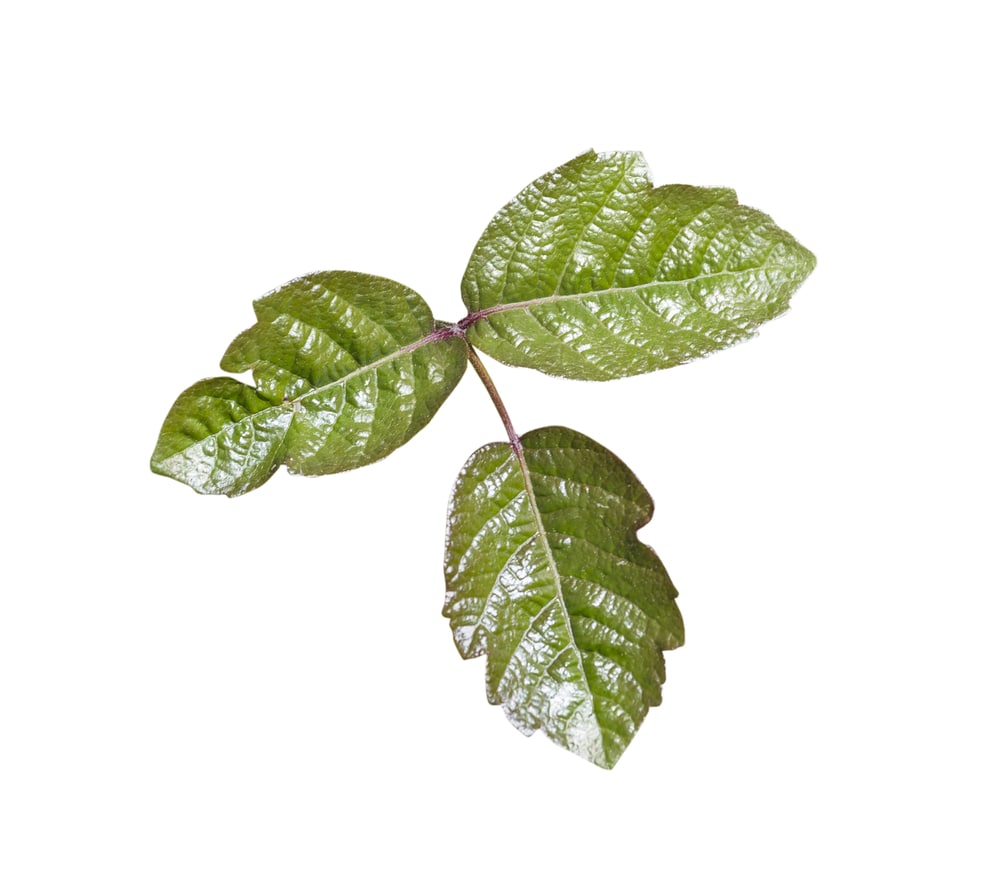
What is poison oak?
Poison oak is a plant that has an oily sap called urushiol which causes allergic reactions in humans. This reaction includes a very itchy rash. Poison oak is highly contagious and can be transmitted directly from the plant or from gardening or camping equipment that has come in contact with the sap.
Poison oak is also related to poison ivy and poison sumac. All three of these plants can be found in wooded or marshy areas.
Is poison oak harmful to dogs?
In short, poison oak is not as harmful to dogs as it is to humans. This is because their fur coats protect their skin from the sticky sap. Getting poison oak on your dog’s hair or fur will not cause your dog to react. However, if the urushiol gets through to your dog’s skin your dog could have a reaction to it just like you.
If your dog has a reaction it will generally not be serious. You may see some redness and blistering at the site. Hairless pets are more likely to have a reaction than those with thick, full coats. If you have a Chinese Crested or another breed with little to no hair, they are at greater risk for a reaction. Also if your pet is older or has lost some hair due to other hair or skin issues that may also put them at increased risk for a reaction
If your dog is curious, be sure to supervise closely on hikes or walks in places that may have poisonous plants in them. Walking on, sniffing, rolling in or eating poison oak could spread the sap to humans or other pets or cause a reaction.

Symptoms of poison oak
The signature symptom of poison oak is some redness and an itchy rash. You may also see some blistering as well.
While these symptoms are limited to side effects of contact with your pet’s skin, what happens if your pet decides to eat grass that contains poison oak or urushiol? According to Dr. Lynn Hovda, director of veterinary services for the Pet Poison Helpline, it is not serious and may just cause some minor irritation to your pet’s stomach. Your pet may vomit or have some diarrhea but that will likely be the worst of it.
If this happens you will want to give them a bland diet for a few days. Popular foods to include in a bland diet are rice, boiled chicken or beef, and pumpkin puree. If you feed pumpkin puree, only offer pure pumpkin and not pumpkin pie filling as this contains extra spices and sugars.
If your pet is having more severe symptoms or you think they may be allergic, be sure to get them to the vet quickly for treatment. Alternatively, another plant could be causing your pet’s distress. Either way, you want to be sure they get the care they need to get better.
Can dogs transfer poison oak to humans?
Yes, very easily. If your dog has poison oak sap on his fur and you touch it, you will most likely have a reaction where the oil comes into contact with your skin.
You will need to treat your pet as soon as possible to minimize the risk of getting poison oak or having the reaction spread to other members of your family including small children.
If your pet has come into contact with your carpet, couch or any other part of your house you will want to clean the area thoroughly to avoid spreading poison oak.
While poison oak is manly just itchy and annoying it can be worse for children, the elderly or anyone with a compromised immune system so if anyone in your home falls into these categories, be sure to treat your pet quickly to ensure it does not spread.
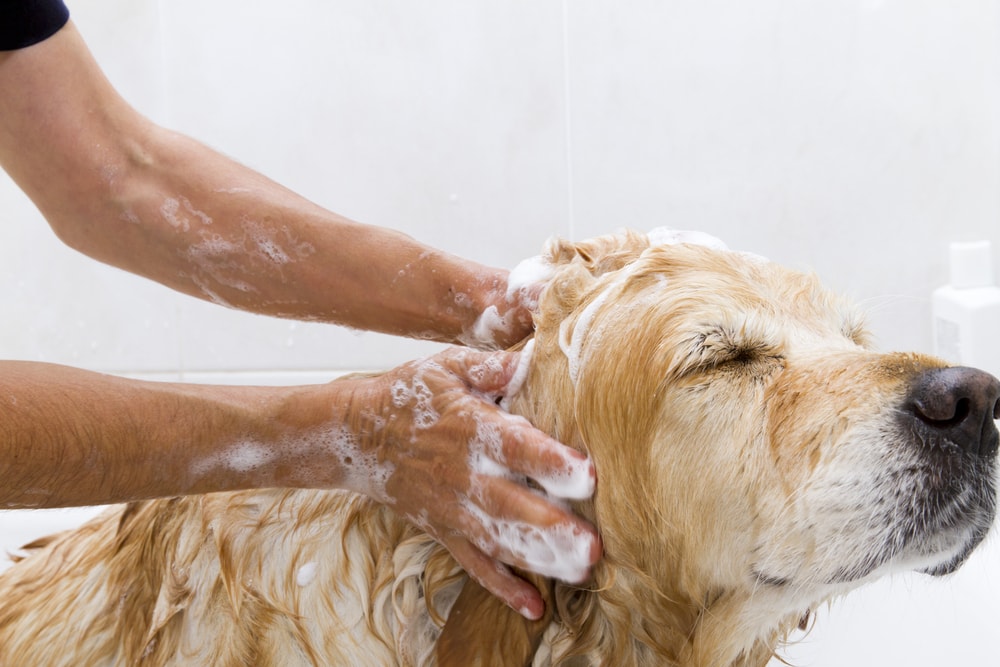
How to get rid of poison oak
If you suspect your pet has come in contact with poison oak you will want to remove the sap from his fur quickly.
-
- Cover your skin to protect yourself first. This includes wearing gloves while you bathe your pet. Bonus points if the gloves are completely waterproof to protect you from getting water with the poison sap in them. You can also use a barrier cream to protect skin not covered by the gloves.
- Bathe your pet using a degreasing soap like Dawn dishwashing detergent. It may take a second or even third wash to ensure all of the oil is out of your pets coat and safely down the drain. You do not want to leave this to chance. Be absolutely sure your pet is clean.
- Rinse your pet with lots of cool water to ensure everything (sap and soap) are out of his coat.
- Dry your pet thoroughly after you have finished the bath and wash the clothing you are wearing and towels you’ve used immediately — just as an extra precaution. Wash in warm water with a degreasing soap to ensure there is no sap left behind.
- Check any areas of your home and your pet’s things. Anything your dog touched could have poison oak sap on it and needs to be cleaned and treated so that you or your family do not come into contact with it. This can include the collar and leash your pet was wearing when he got into the poison plants. When cleaning these areas and things do not remove your gloves as you can get poison oak on your hands and it is very itchy!
Should you seek medical treatment if your dog has poison oak?
Rarely does a case of poison ivy require a trip to the vet. However, if you notice any of the following symptoms you may want to take your pet in for further exams/treatment:
-
-
- Trouble breathing or symptoms of anaphylactic shock
- Blisters or scabs that are oozing
- Excessive scratching or biting of the skin in affected areas
-
If your pet is going into anaphylactic shock your vet will be able to provide life saving treatment. For other skin issues the vet may give your some steroids or other medication to help your pet feel better faster.
The Ollie blog is devoted to helping pet parents lead healthier lives with their pups. If you want to learn more about our fresh, human-grade food, check out MyOllie.com.
Tagged As:
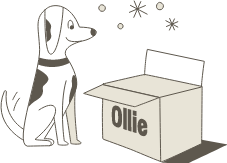
The nutrition your dog needs,
the food they want.

Enjoying our articles? Subscribe our Newsletters and get new articles directly to your inbox
You might also like
9 October 2025
4 MINS READ
How Fresh Food Can Help Soothe Your Dog’s Allergies
As a pup parent, watching your dog suffer from the constant discomfort of allergies is always distressing. The endless scratching, irritated skin, and digestive upset can take a toll on your pup�…
by Ollie Pets
18 September 2025
4 MINS READ
Is Fresh Dog Food Easier to Digest?
Yes, fresh dog food is generally easier for dogs to digest than highly processed kibble. Because it’s made with whole ingredients, gently cooked, and free from unnecessary fillers, fresh food supp…
by Ollie Pets
18 September 2025
5 MINS READ
Can I Rotate Fresh Dog Food Flavors?
Yes, it’s safe to rotate fresh dog food flavors, and many dogs actually benefit from the variety. At Ollie, we offer multiple fresh recipes, like Beef, Chicken, Turkey, Lamb, and Pork so you can…
by Ollie Pets
